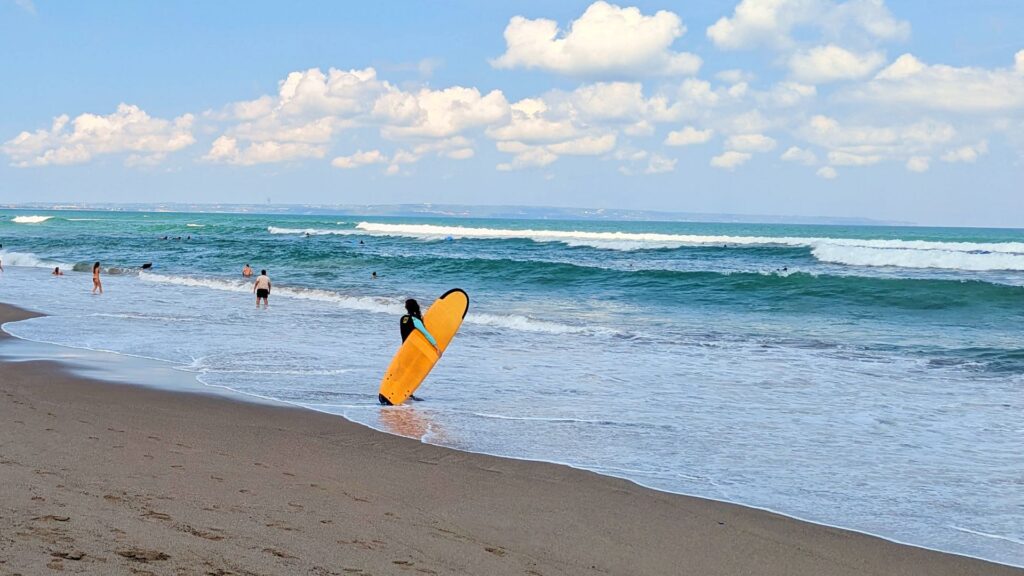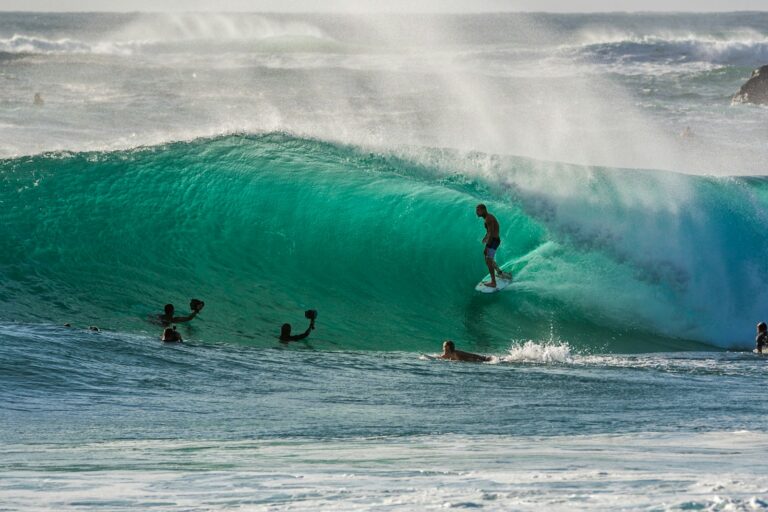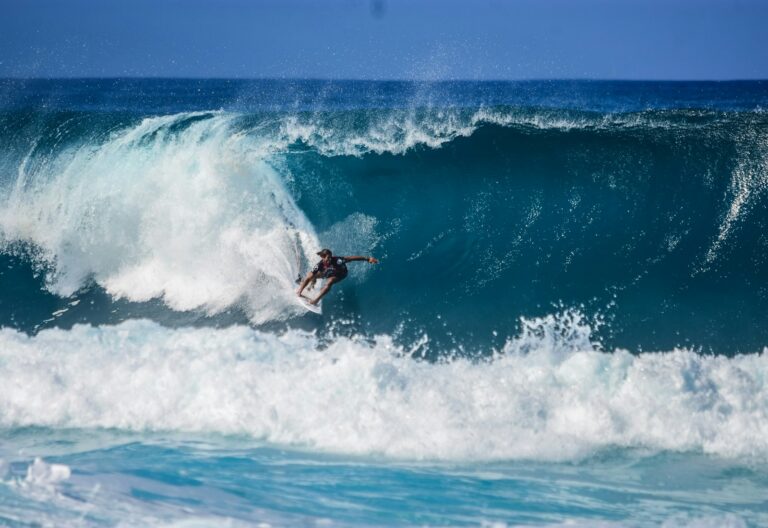Surfing is more than just a thrilling water sport; it’s an art that involves understanding the waves. For beginners, grasping the basics of how waves work can significantly improve your surfing experience. This guide will simplify wave dynamics and connect you with SurfWell Surf Lesson to help you master the art of surfing.
What Are Waves?
Waves are created by the wind as it blows across the surface of the sea. This interaction transfers energy to the water, creating ripples that grow into larger waves. The size and power of a wave depend on factors such as wind speed, duration, and the distance over which the wind blows.
Key Components of Waves For Surfing
- Wavelength: This is the distance between two consecutive wave crests. Longer wavelengths usually indicate larger waves.
- Wave Height: The vertical distance between the trough (bottom) and the crest (top) of the wave. Greater wave heights suggest more powerful waves.
- Wave Period: The time it takes for two consecutive wave crests to pass a fixed point. A longer wave period often means the wave is stronger and more consistent.
- Wave Frequency: This refers to how often waves pass a certain point. Higher frequency waves typically result in rougher conditions.
How Waves Break
Understanding how waves break is crucial for surfing. Waves generally break in three ways:
- Spilling Breakers: These waves break gradually, spilling down the face of the wave. Ideal for beginners as they are less powerful.
- Plunging Breakers: Also known as “barrels,” these waves break suddenly, forming a hollow tube. These are more advanced and require skill to ride.
- Surging Breakers: These waves don’t break; instead, they surge up the shore. These are less common but can be powerful.
Reading Waves For Surfing
To surf effectively, you must learn to read the waves. Start by observing the waves from the beach. Look for patterns and notice which waves are breaking. As you gain experience, you’ll learn to predict when and where waves will break, helping you catch the perfect ride.
Tips for Beginners
- Start Small: Begin with smaller waves to build your confidence and technique. As you improve, gradually progress to larger waves.
- Positioning: Position yourself correctly in the water. Aim for the spot where waves are likely to break and practice paddling to get there.
- Practice Pop-Ups: Mastering the pop-up, the move to stand on your board, is essential. Practice on land before trying it in the water.
- Safety First: Always be aware of your surroundings and other surfers. Follow local surf etiquette and respect the ocean.
To truly excel in surfing, consider joining SurfWell Surf Lesson. Our expert instructors provide personalized guidance, you will learn the right techniques and wave-reading skills. Whether you’re a complete beginner or looking to refine your skills, SurfWell offers tailored lessons that cater to your needs.
By understanding the fundamentals of waves and practicing regularly, you’ll improve your surfing skills and be more confident in no time. With SurfWell Surf Lesson, you’re not just learning to surf; you’re in the right step at the beginning of a sport that connects you with nature and challenges you to grow.
Ride the waves, follow the guide, and let SurfWell Surf School help you ride the surf like a pro.




